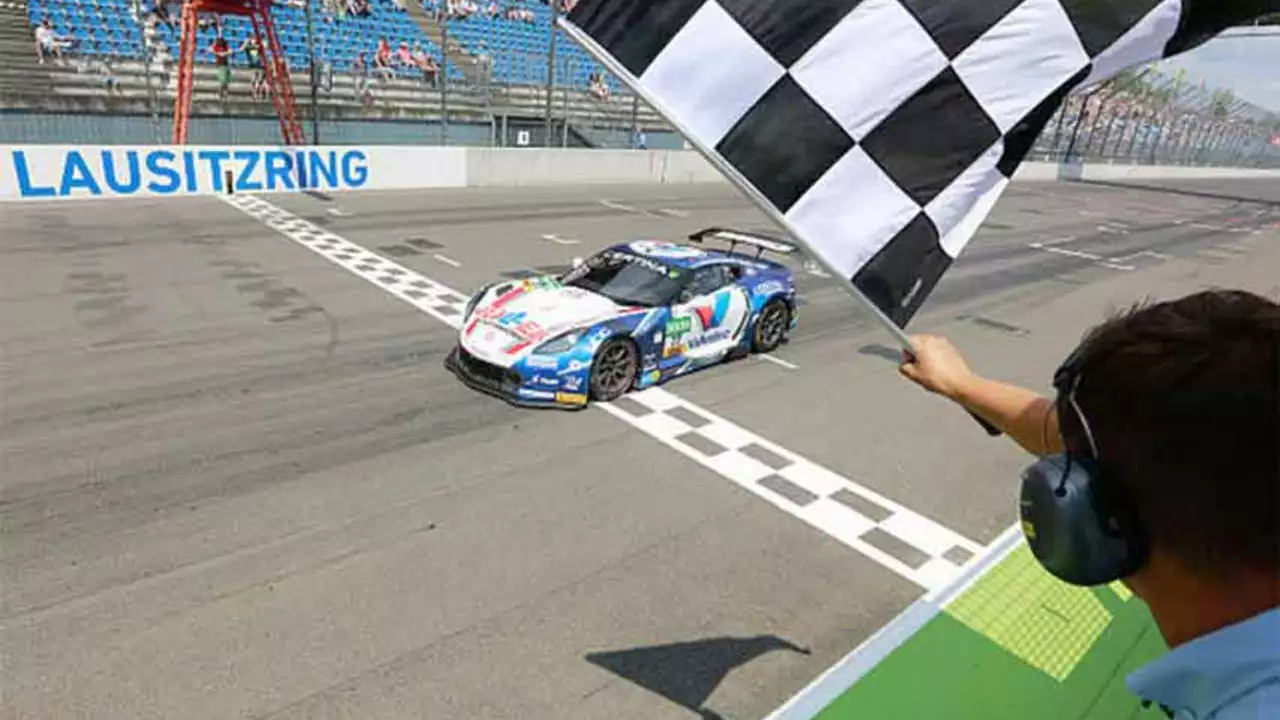Cars Slowing Down – Causes, Tips, and Safety
Ever wondered why your car seems to lose speed even when you’re not pressing the brakes? It can be frustrating, especially when you need to stay in control on the highway or in city traffic. The good news is most slow‑downs have simple fixes you can handle yourself or with a quick visit to a mechanic.
Common Reasons Cars Lose Speed
First up, brake fade. When you ride the brakes down a long hill or drive in hot conditions, the pads can overheat and lose grip. That makes the car feel like it’s dragging instead of stopping hard. Another frequent culprit is a clogged fuel filter. If the engine can’t get enough fuel, power drops and you notice a sluggish response.
Low tire pressure also plays a big role. Under‑inflated tires create extra rolling resistance, which slows the car down and wastes fuel. You might also feel a loss of speed if the transmission is slipping – that usually shows up as a delayed surge when you shift gears.
Lastly, keep an eye on the air filter. A dirty filter chokes airflow, and the engine struggles to produce the power you expect. These issues are easy to diagnose with a quick visual check or a brief scan at a shop.
Practical Ways to Slow Down Safely
When you need to reduce speed, the safest method is a gentle press on the brake pedal, not a slam. This gives the wheels time to grip and avoids lock‑up, especially on wet roads. If your car has ABS, you’ll feel a pulsing pedal – that’s normal and means the system is working.
Engine braking is another handy trick. Shift down one gear and let the engine slow the car without using the brakes. It saves brake life and gives you more control on downhill stretches.
Always keep a safe following distance. The farther you are from the car ahead, the more time you have to slow down gradually. This reduces the need for sudden stops and keeps everyone safer.
If you notice a consistent slowdown, schedule a service. Replacing worn brake pads, cleaning the fuel system, and checking tire pressure can restore the car’s performance quickly.
Remember, good driving habits and regular maintenance are the best ways to avoid unwanted slow‑downs. Keep an eye on your car’s signals, listen for unusual noises, and don’t ignore warning lights.
By understanding why cars slow down and using the right techniques, you’ll stay in control and enjoy a smoother, safer ride every day.

